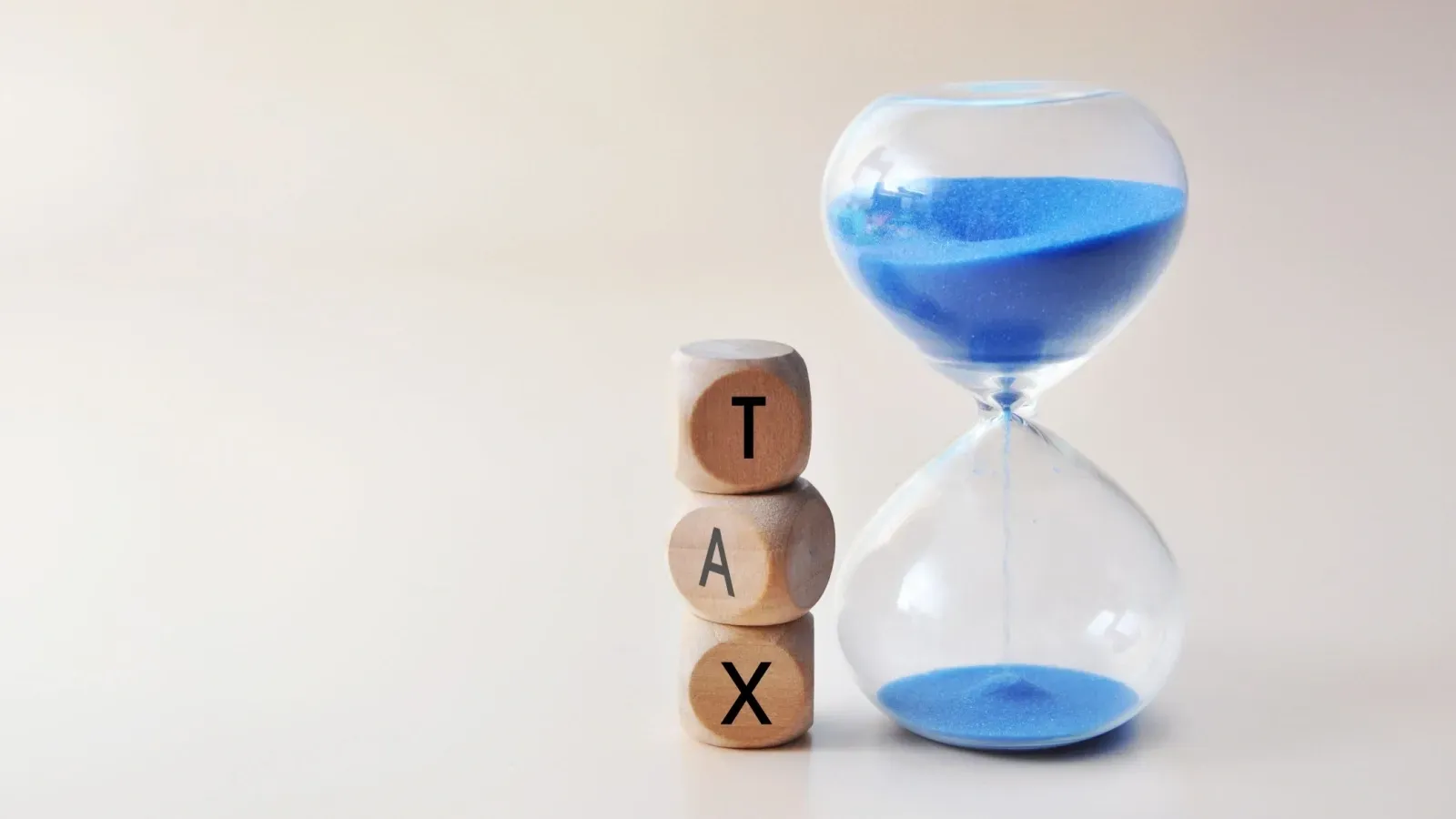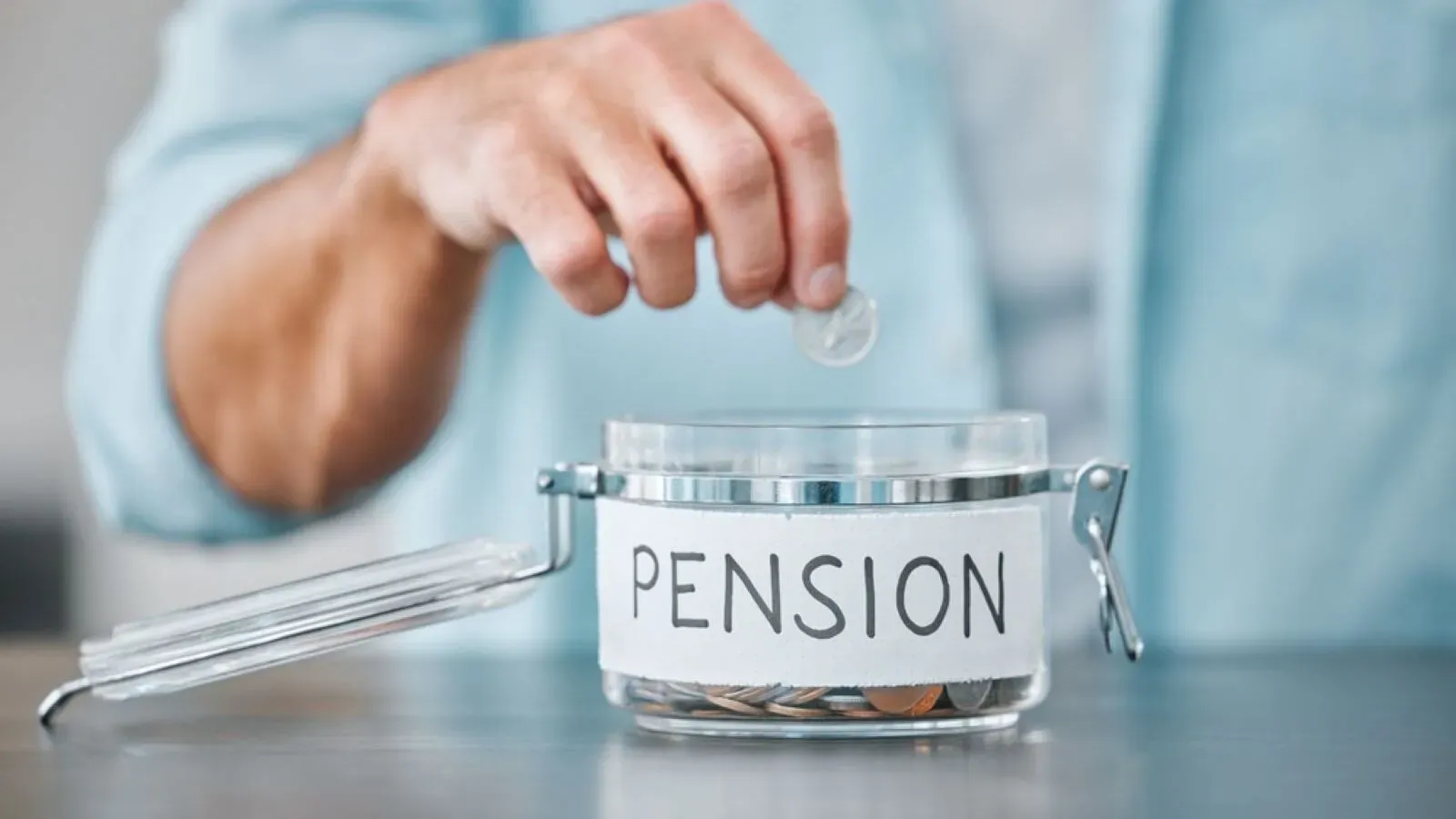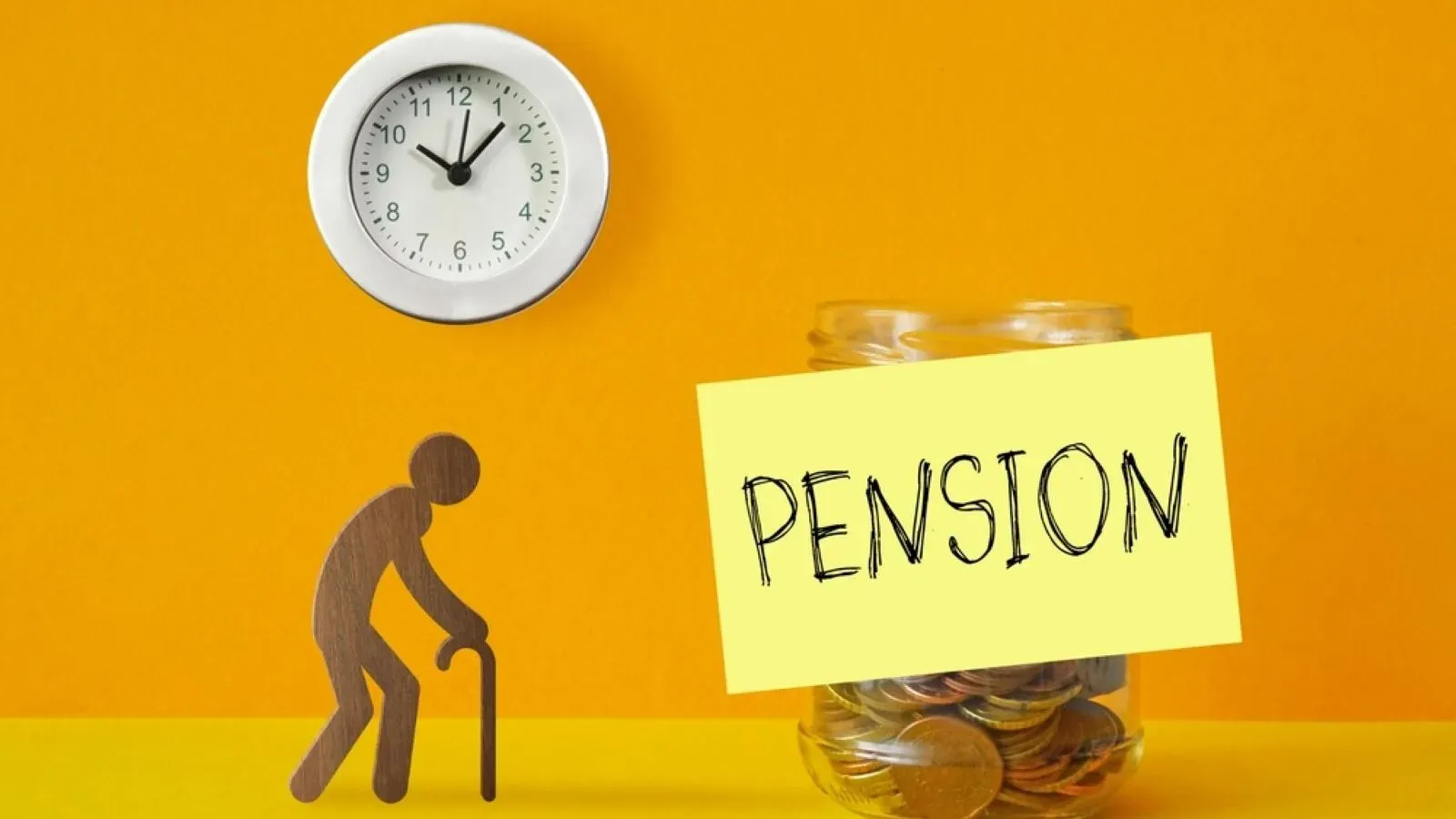Personal Finance News
UPS deadline: How will your payouts be taxed? Check FAQs, examples
.png)
5 min read | Updated on September 24, 2025, 11:41 IST
SUMMARY
While UPS aims to provide a more defined pension structure, the income tax implications can be complex, especially when dealing with contributions, withdrawals, and post-retirement payouts.

Eligible employees and retirees under NPS have until 30 September to decide whether to opt into the Unified Pension Scheme. | Image: Shutterstock
While the scheme aims to provide a more defined pension structure, the tax implications can be complex, especially when dealing with contributions, withdrawals, and post-retirement payouts.
FAOs on tax treatment under UPS
Tax benefit: Fully deductible under Section 80CCD(2) of the IT Act.
Tax benefit: Deductible up to 10% of salary under Section 80CCD(1).
Tax treatment: Not treated as employee income. Not taxable.
Tax exemption: Up to 25% of the employee’s own contribution is exempt under Section 10(128).
Tax exemption: Entirely non-taxable under Section 80CCD(6).
Calculated as 10% of salary for every 6 months of service. This is fully exempt under Section 10(12AB).
Up to 60% of the lower of individual or benchmark corpus is exempt under Section 10(12AA).The remaining 40% is transferred to the pool corpus (also non-taxable).
If the individual corpus exceeds the benchmark:
60% of the excess is exempt.40% of the excess is taxable under the head “Salaries”.
Treated as salary income and taxed accordingly.
Taxed under “Income from Other Sources”.
At the time of superannuation or retirement:
⦁ Monthly emoluments are ₹3,00,000
⦁ Period of service is 25 years
⦁ The individual corpus is ₹2,00,00,000
⦁ The benchmark corpus is ₹1,80,00,000
⦁ ₹ 20,00,000 is credited to the employee in lumpsum (Excess of Individual corpus over the Benchmark corpus)
⦁ Amount of ₹ 1,08,00,000/- is withdrawn. (60% of IC or BC, whichever is lower i.e.60% of ₹ 1,80,00,000)
⦁ No partial withdrawals were made.
-
The lump sum payment is calculated @ l0% of Monthly emoluments for every six monthly completed period of qualifying service (10%x3,00,000x25x2) which comes to ₹ 15 Lakh. This is exempted under Section 10(12AB) of the IT Act, 1961 [Schedule II Table: Sl.No 16 of the Income Tax Act, 2025).
-
The excess of individual corpus over the benchmark corpus of ₹20 Lakh is exempted upto 60% i.e upto ₹12 Lakh under Section 10(12AA) of the [ITAct, 1961 Schedule Il Table: Sl.No 15 of the Income Tax Act, 2025]. The remaining ₹ 8 Lakh is chargeable to tax and therefore shall be added to the total income of the individual under the head "Salaries" for the tax year in which the payment is paid or allowed or due, whichever is earlier.
-
The withdrawal of ₹1.08 crore is exempted under Section 10(12AA) of the IT Act, 196l [Schedule II Table: SI.No 15 of the Income Tax Act, 2025].
-
The transfer of 40% of the remaining individual corpus (₹ 72 Lakh) to the pool corpus is not chargeable to tax under Section 80 CCD (6) of the ITAct, 1961 [Section 124(12) of the Income Tax Act, 2025].
At the time of superannuation or retirement:
⦁ Monthly emoluments are ₹ 3,00,000
⦁ Period of service is 30 years
⦁ The individual corpus is ₹2,00,00,000
⦁ The benchmark corpus is ₹ 2,20,00,000
⦁ Individual corpus is less than the Benchmark corpus and, therefore, there is no excess amount to be credited to employee.
⦁ Amount of ₹1,20,00,000 is withdrawn. (60% of IC or BC, whichever is lower i.e. 60% of ₹ 2,00,00,000)
⦁ No partial withdrawals were made.
-
The lump sum payment is calculated @ l0% of Monthly emoluments for every six monthly completed period of qualifying service (10% x 3,00,000 x 30 x 2) which comes to ₹18 Lakhs. This is exempted under Section 10(12AB) of the IT Act, 1961 [Schedule II Table: SI.No 16 of the lncome Tax Act, 2025].
-
The withdrawal of ₹1.20 crore is exempt under Section 10(12AA) of the IT Act,1961 [Schedule II Table: Sl.No 15 of the Income Tax Act, 2025].
-
The transfer of 40% of the remaining individual corpus (₹ 80 Lakh) to the pool corpus is not chargeable to tax under Section B0 CCD(6) of the IT Act, 1961 [Section 124(12) of the lncome Tax Act, 20251.
Related News
By signing up you agree to Upstox’s Terms & Conditions
About The Author
Next Story




